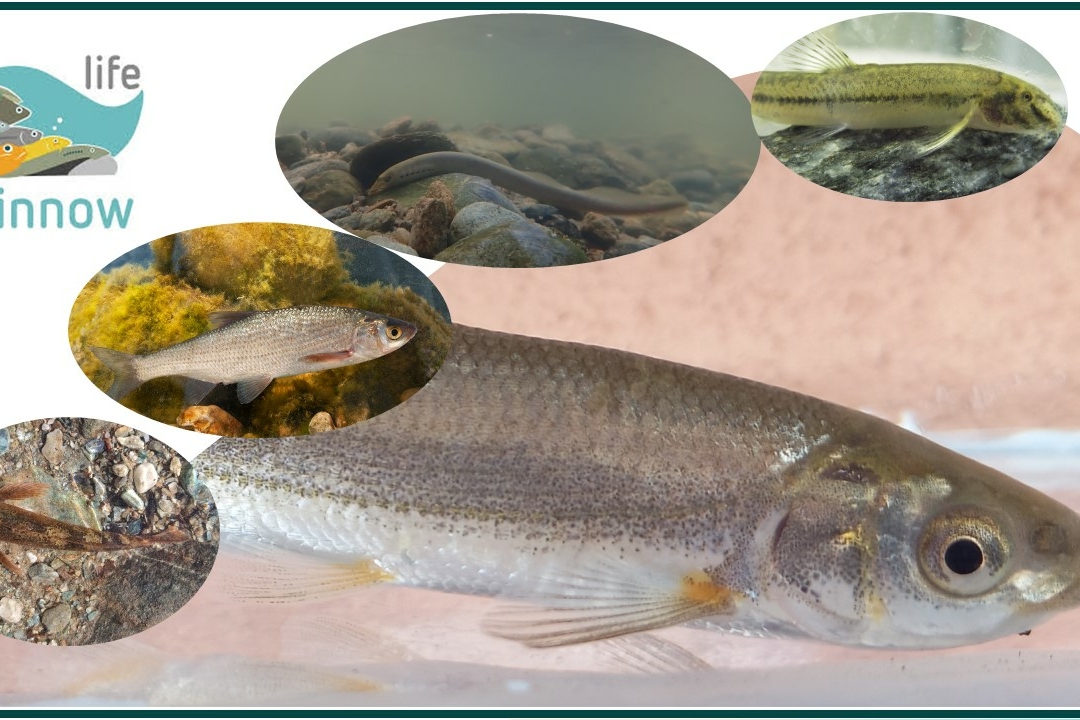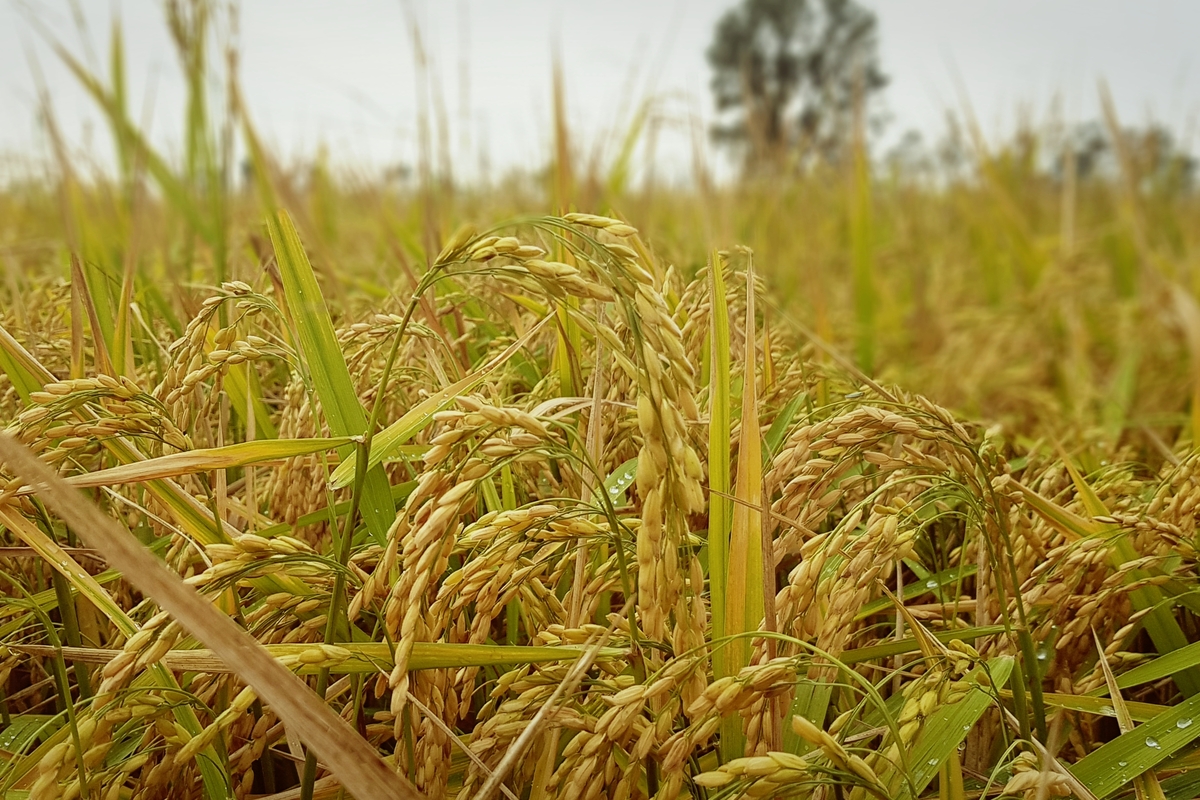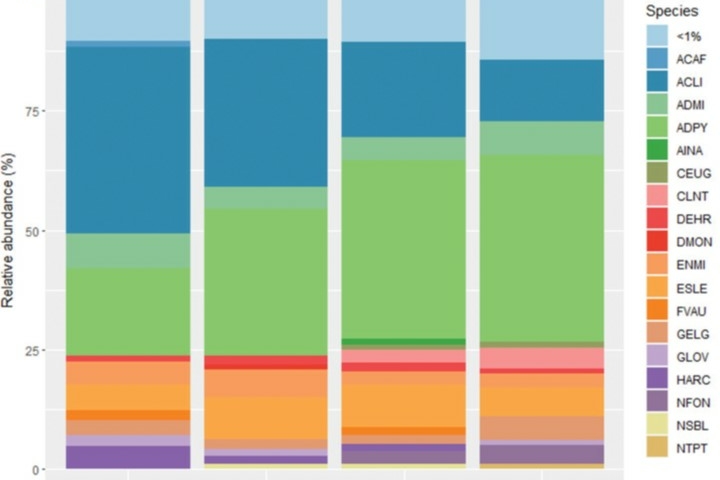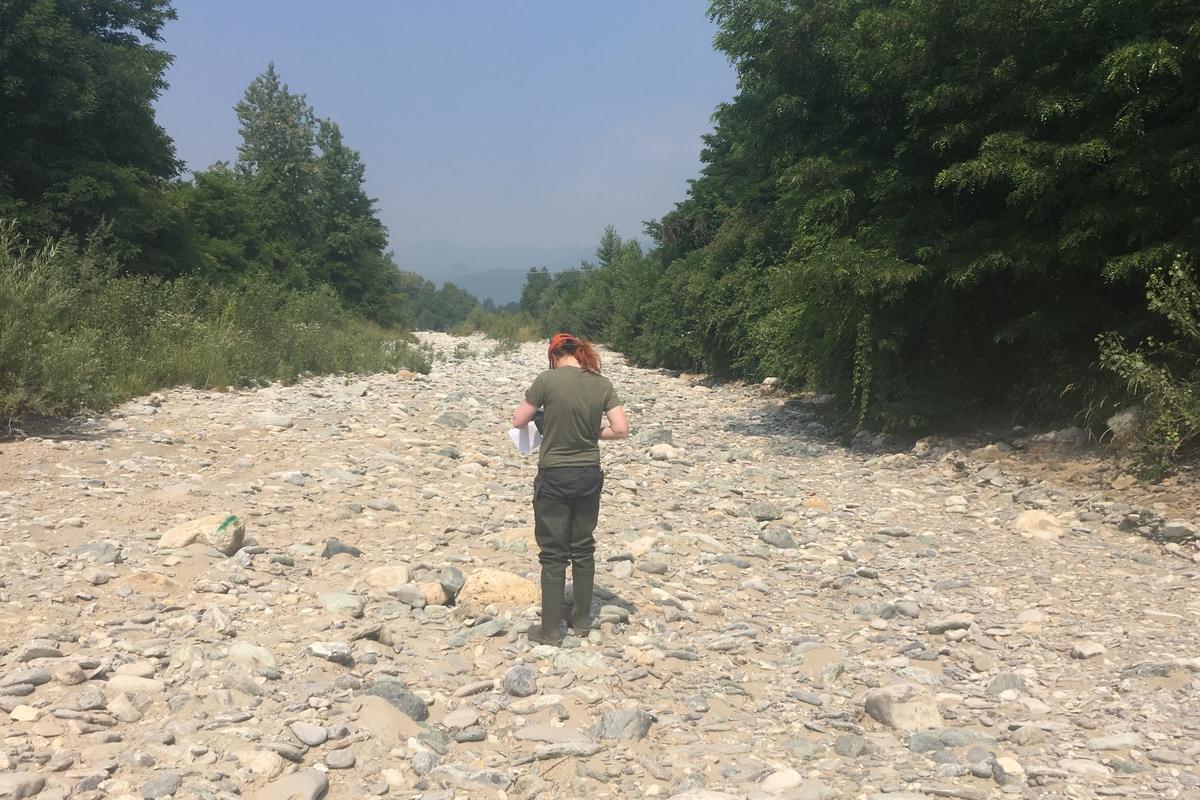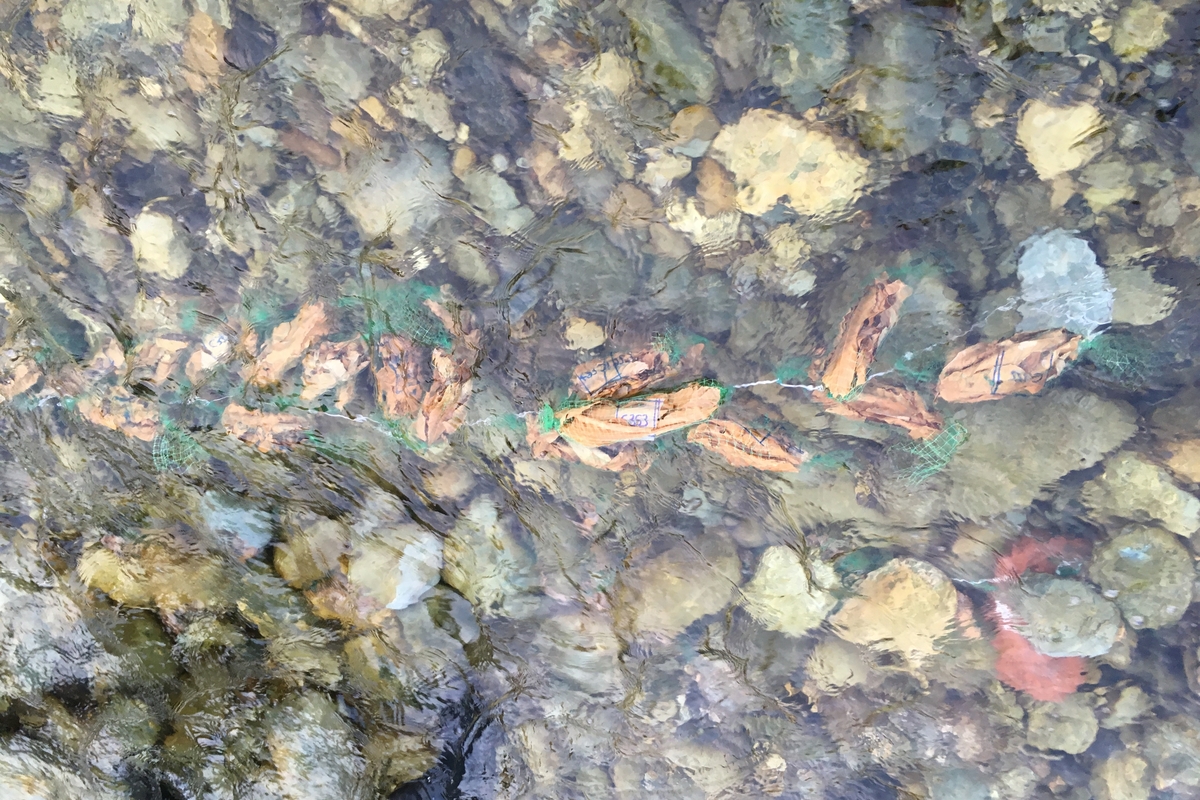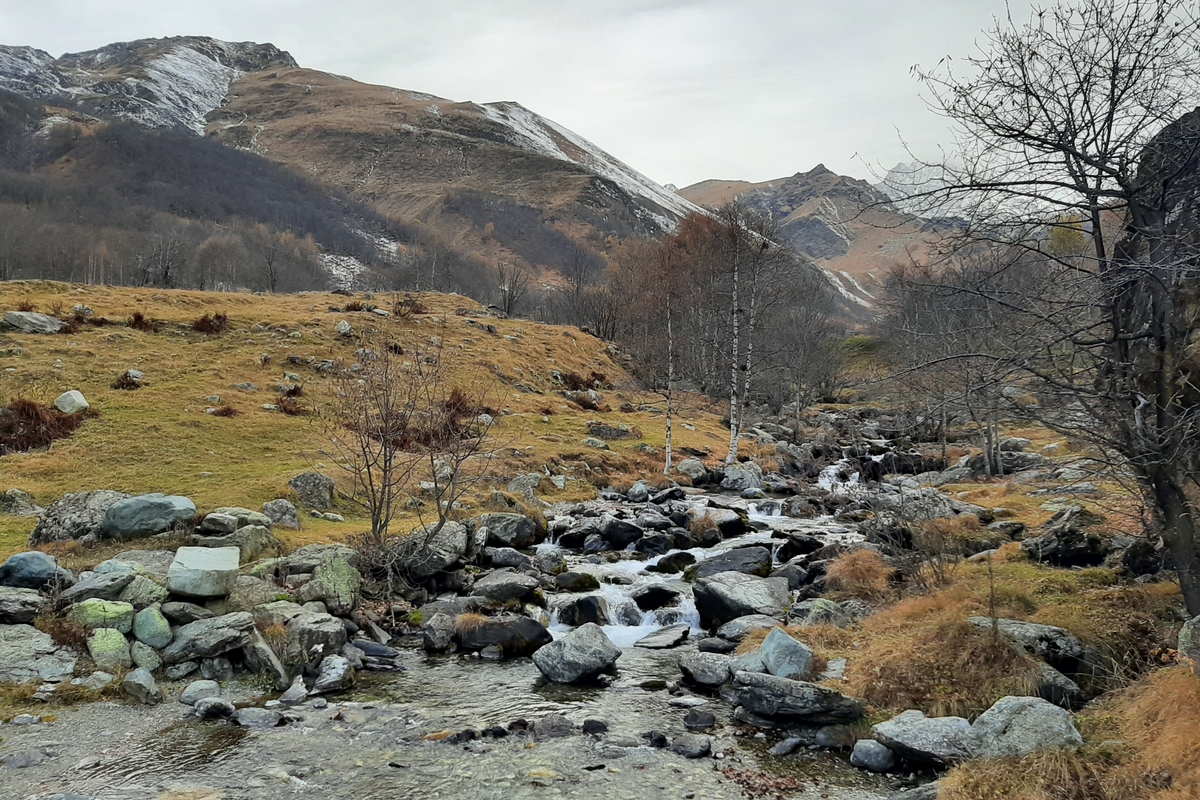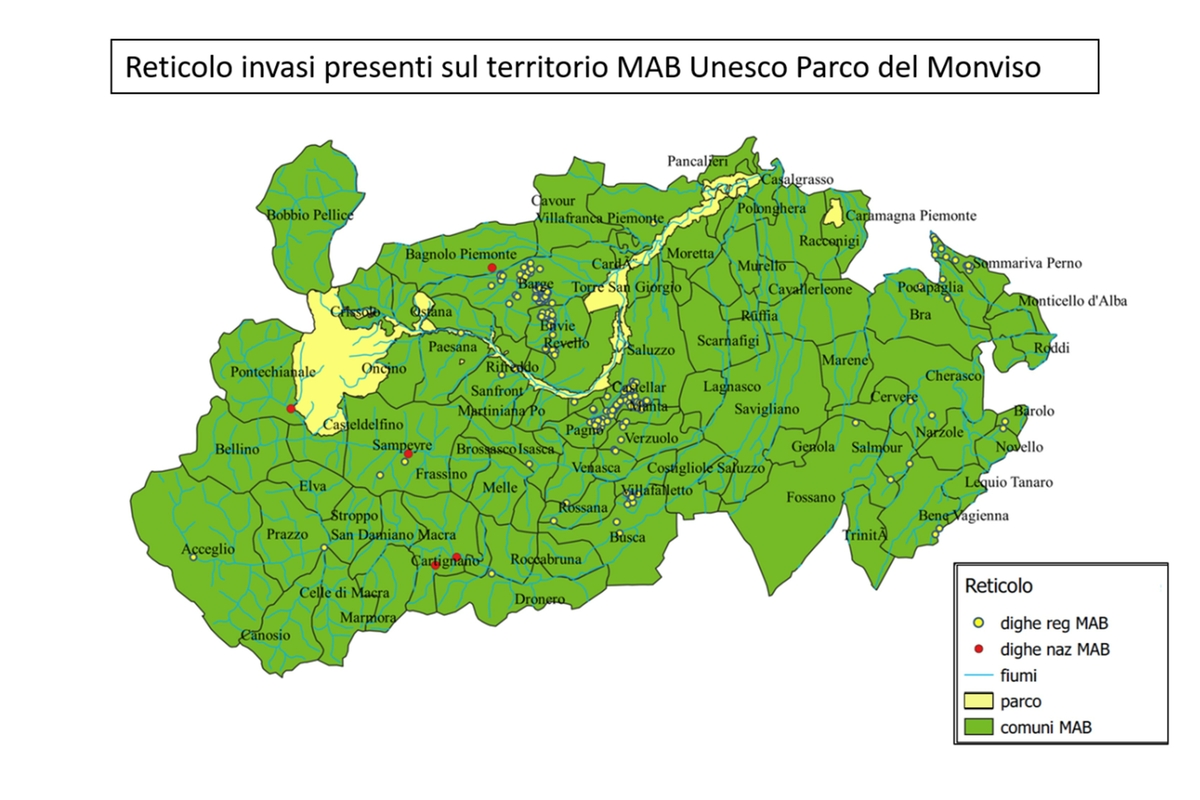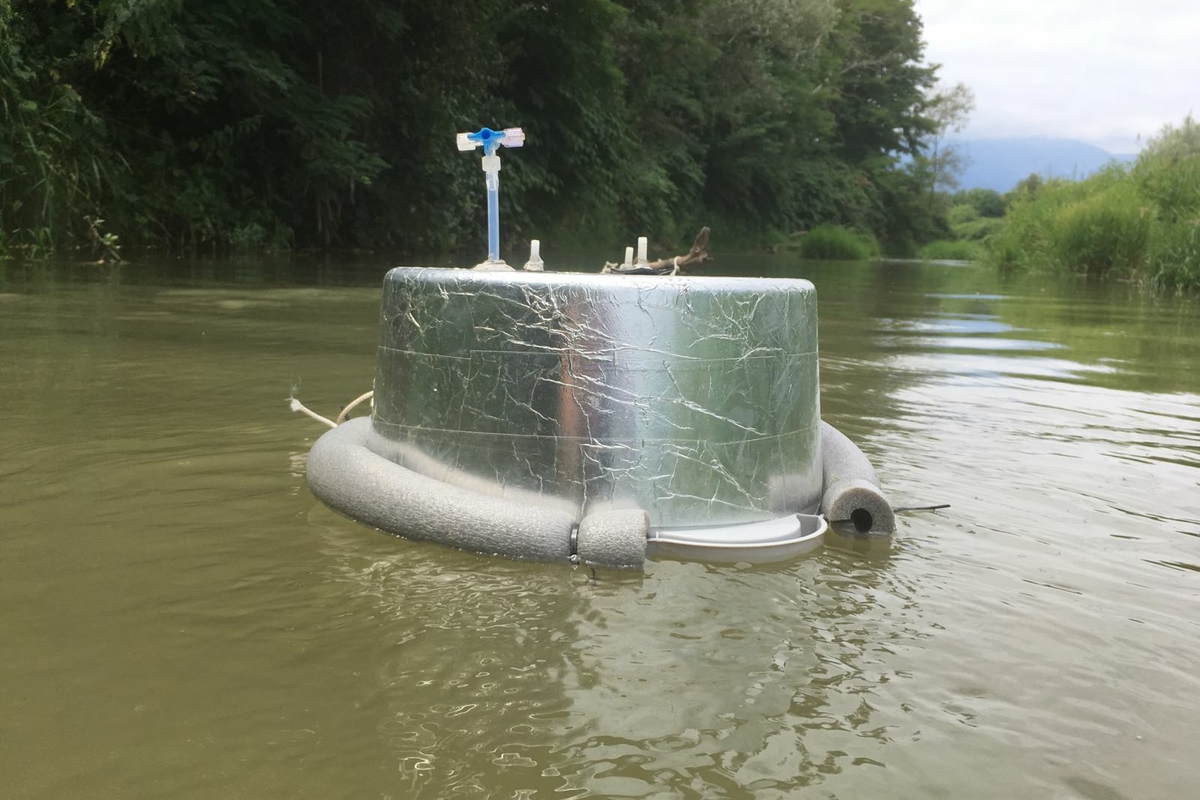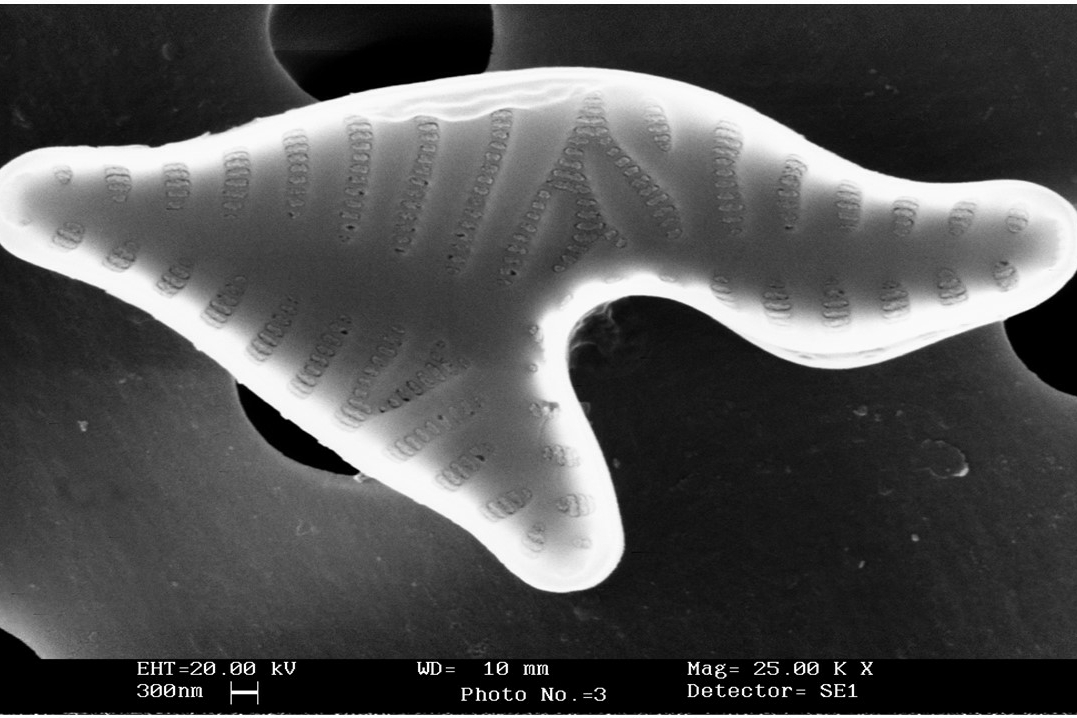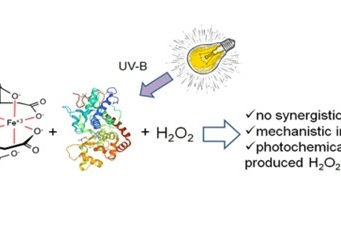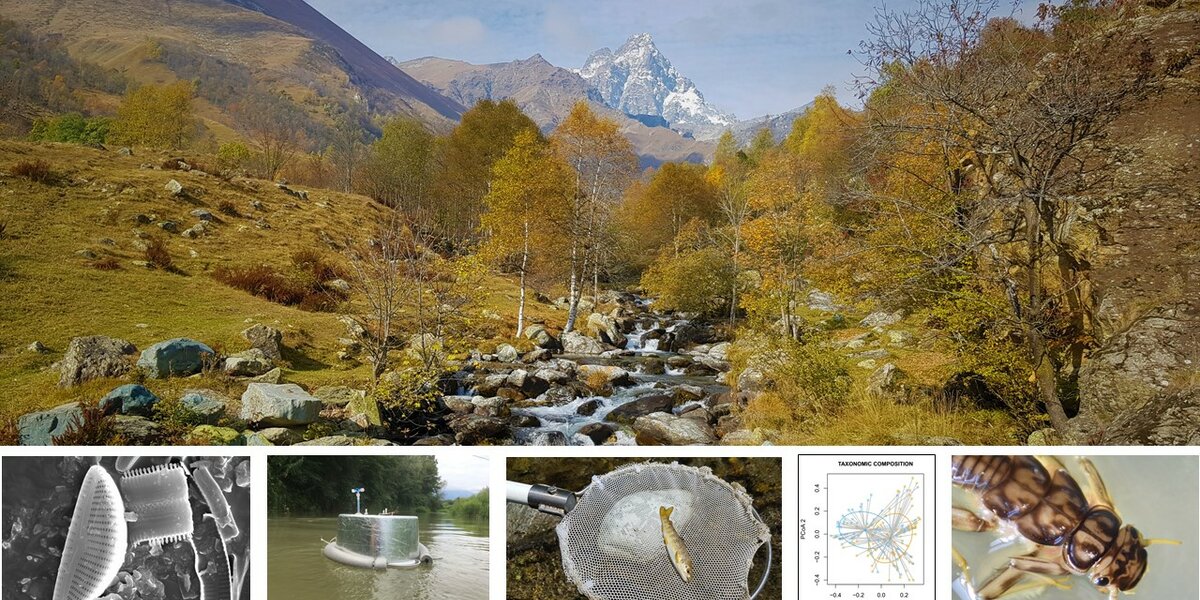
Research and Publications
Research at Alpstream
The ALPSTREAM Center is closely involved in research projects focused on river ecosystems, particularly those in the Alpine region. Due to its strategic location in the Po Valley, the Center serves as an operational base for field and laboratory research.
Among the research projects, those focused on the protection of these unique ecosystems stand out. Over the last years the reserchers of the Center carried out studies on the effects of dam and reservoir construction in the Alpine environment, as well as the impact of climate change on biota and river functionality, the analysis of the three-dimensional connection between secondary and main channels, and the study and the protection of fish fauna. All these projects allow a productive interaction between researchers and field experts, at Italian and international levels.
ALPSTREAM, is one of the few research Center equipped with an artificial outdoor mesocosm composed of six small artificial channelswhich allow to perform manipulative experiment under controlled conditions (changing flow, discharge, sediment levels, etc.) directly field. The use of such mesocosms is crucial for research and will open up the Center to future collaborations, even abroad.
Collaborative work with ichthyologists and specialized researchers has enabled the genetic study of the fish populations in this area. This led to the creation of a 3 km long stretch of the Po river designated for no-kill fishing, aiming at protecting the local fish community.
All the research projects have been carried out using the most modern techniques in river ecology, such as genetic studies, high-throughput sequencing, and the use of mesocosms.
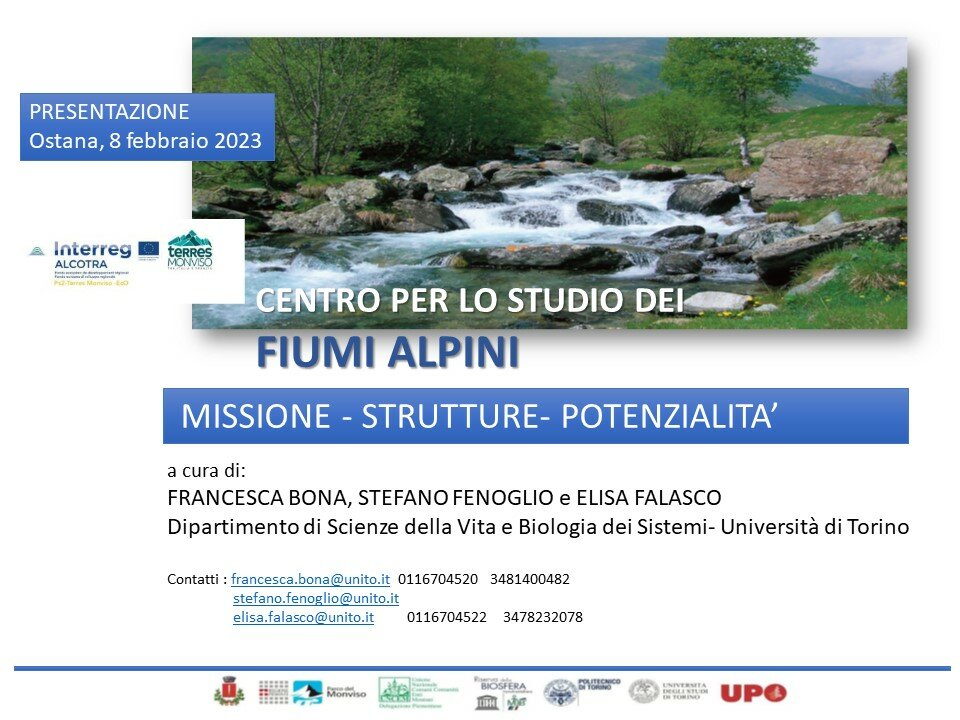
download here the .pdf of the presentation

